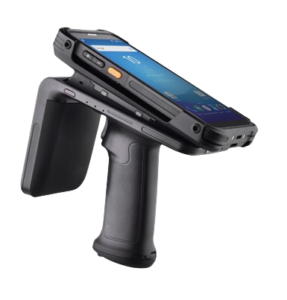
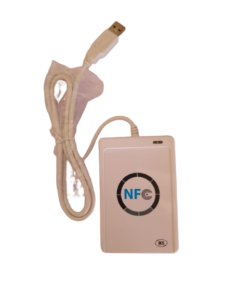
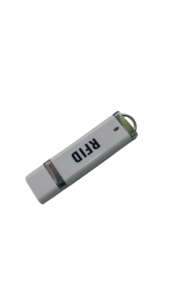
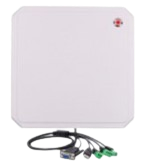
Origin and History of RFID
RFID is an innovative automated system for automatic identification, sorting, arranging and tracking of different materials. Currently RFID applications range from book tracking and stock management, to theft detection and automatic book sorting in libraries. Radio frequency identification (RFID) technology is a dynamic link between people, objects and processes and in the near future it plays a prime role in data collection, identification as well as analysis necessary for specific library operations.
Radio Frequency Identification was introduced in the early 1980s for item tracking and access control applications. Tracking of materials is done using radio frequency based technology combined with microchip technology, hence designated as RFID (Radio Frequency Identification). These contact less and wireless automatic identification data capturing systems are highly effective in hostile environments such as, industry and logistics, textile and libraries, where barcode labels cannot survive and need for inventory control and waste management.
Components Of RFID
The whole system of Radio frequency identification depends of Three materials which are mostly commonly known as the RFID System Components. These components are descried below:
 Reader: It communicates with the tags through an RF channel to obtain identifying information. Depending on the type of tag, this communication may be a simple ping or maybe a more complex multi-round protocol. In environments with many tags, a reader may have to perform an anti-collision protocol to ensure that communication conflicts don’t occur. Anti-collision protocols permit readers to rapidly communicate with many tags in serial order
Reader: It communicates with the tags through an RF channel to obtain identifying information. Depending on the type of tag, this communication may be a simple ping or maybe a more complex multi-round protocol. In environments with many tags, a reader may have to perform an anti-collision protocol to ensure that communication conflicts don’t occur. Anti-collision protocols permit readers to rapidly communicate with many tags in serial order

Tags: These are devices composed of a chip and an antenna. Tags can be passive (no internal power source, activated by the reader’s electromagnetic field), active (powered by a battery, can initiate communication themselves), or semi-passive (battery-powered but activated by the reader).
The chip on the tag stores the data, such as a unique identifier or other specific information about the item to which it is attached.
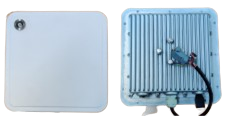
Antenna: The antenna resides inside the reader. It generates electromagnetic field. Whenever a tag comes in close proximity of the electromagnetic field it gets activated and it is able to read and write data to the reader by

producing radio signals. Antenna behaves like a communication media between the tag and the reader.
Crafting Your Unique Identity To the World...
RFID: Unleashing Invisible connections, Empowering Endless Possibilities.